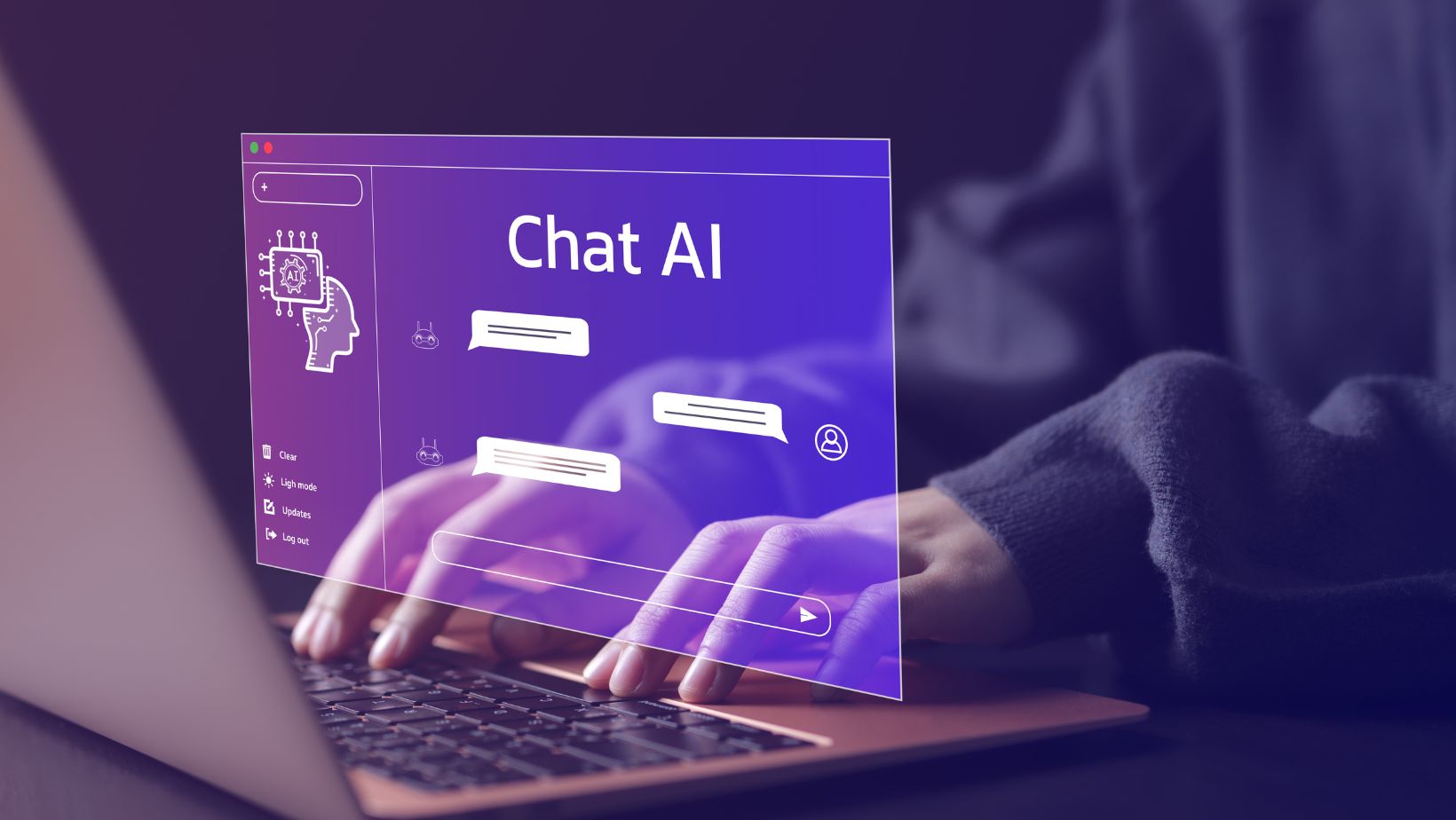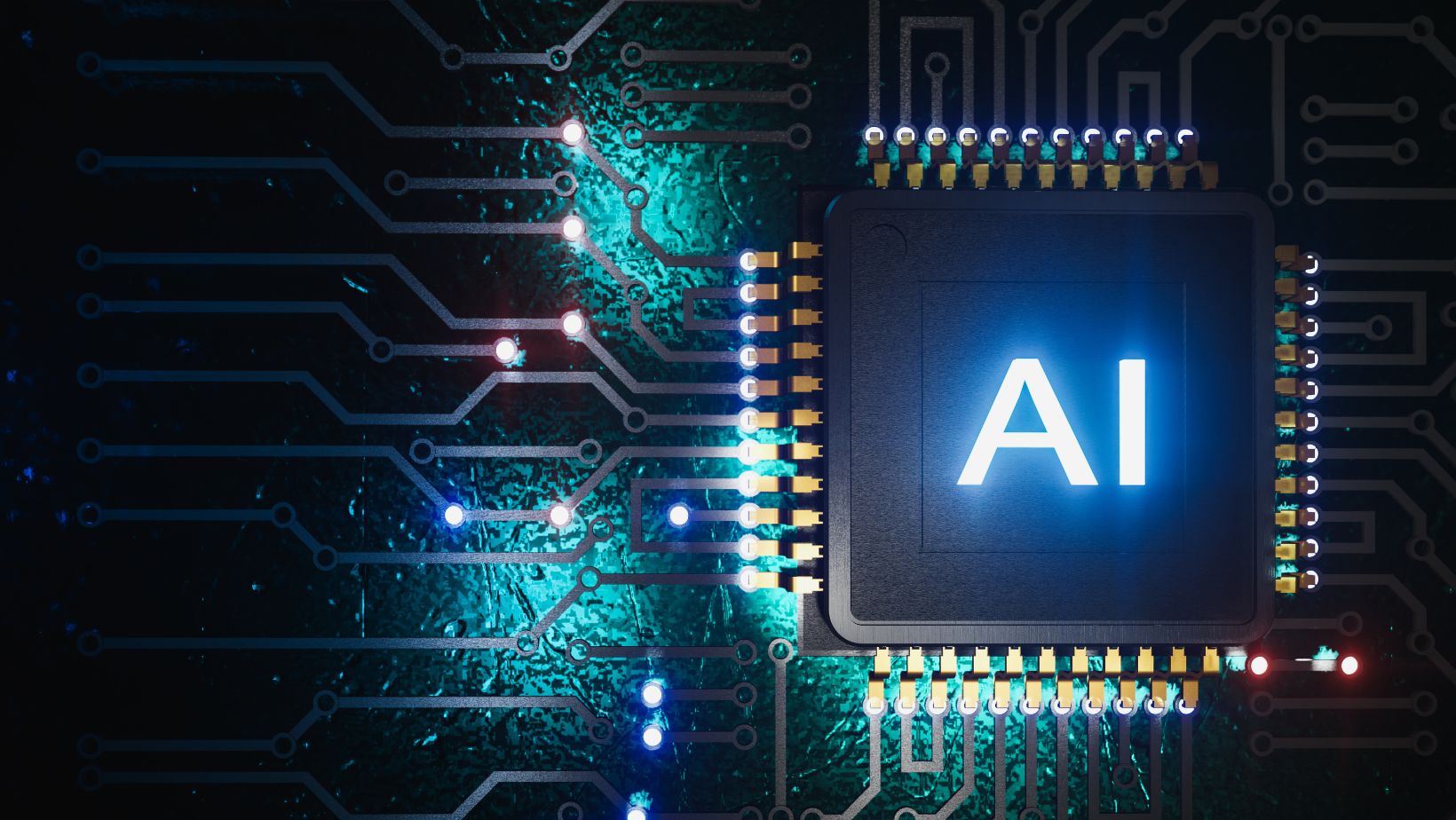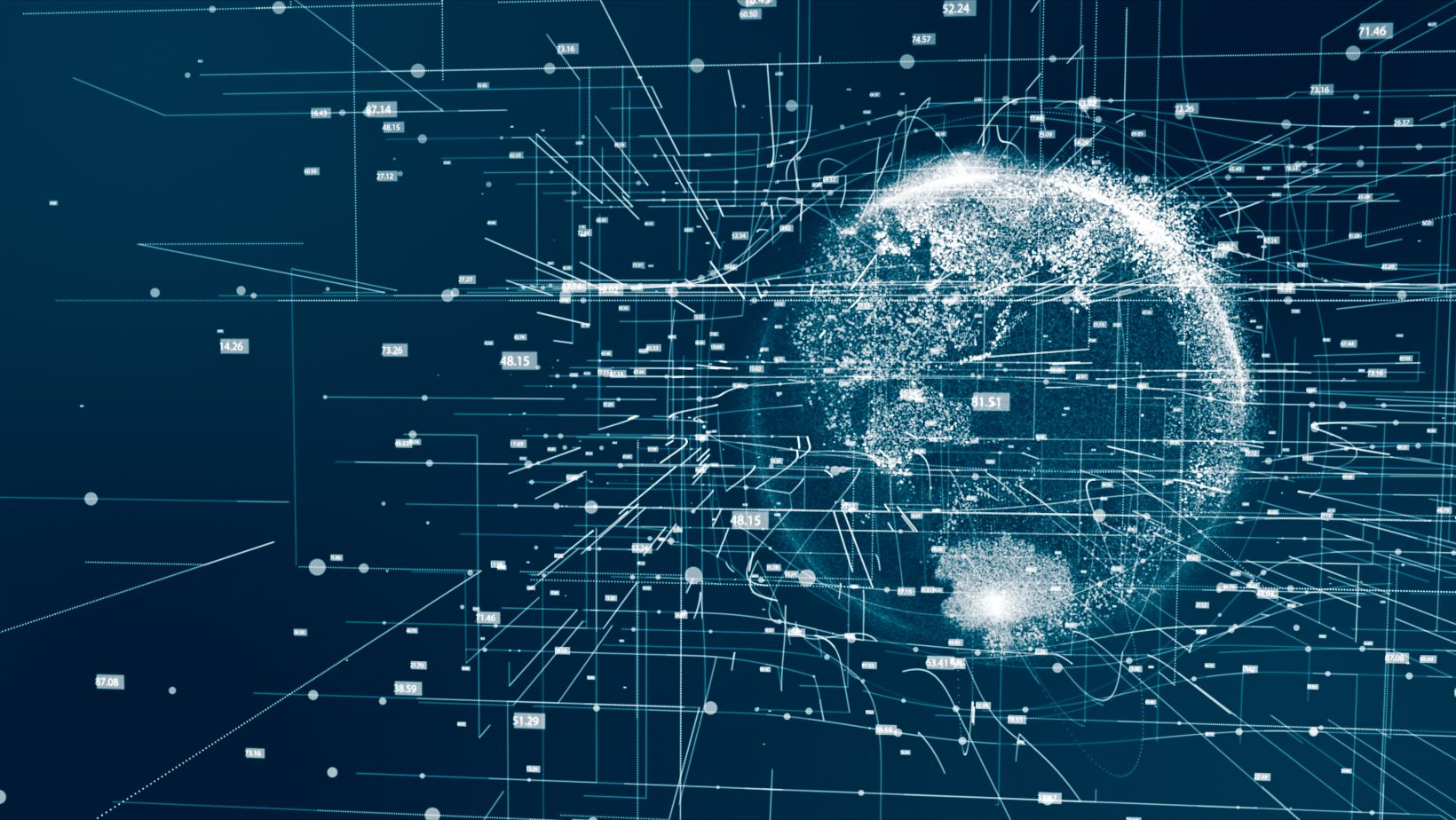
Artificial intelligence (AI) is no longer the exclusive domain of tech giants and research labs—it’s everywhere, embedded into the apps we use daily, powering decisions in industries as varied as healthcare and finance. We’re told AI is the future, the secret ingredient that will supercharge growth and efficiency for businesses of all sizes.
But the true potential of AI can only be realized when it’s paired with strong AI and data governance. While advanced algorithms promise to streamline operations and enhance decision-making, they need a guiding hand to ensure they remain effective, ethical, and compliant. According to recent insights from Lumenalta, maximizing ROI from AI initiatives isn’t just about the tech itself; it’s about having the right mix of human oversight and continuous model monitoring.
The Myth of Fully Autonomous AI
Let’s get one thing straight—AI isn’t magic, and it’s not a miracle worker. It’s a tool, and like any tool, its effectiveness depends on how it’s used. We’re often dazzled by the promise of self-learning models that adapt in real time, but the reality is far more nuanced. AI systems can identify patterns, predict outcomes, and process vast amounts of data in ways humans can’t, but they still need human oversight to ensure they’re making the right calls.
Here’s the catch: while many companies are eager to deploy AI systems to streamline operations and cut costs, they often neglect one crucial component—effective model monitoring. Without proper checks in place, even the most advanced models can drift off course, leading to inaccurate decisions that can hurt the bottom line. The result? Lost revenue, reputational damage, and a failure to achieve the expected ROI.
Human Oversight: The Missing Piece in AI Strategy
AI thrives on data, but it’s the humans behind the data who determine how well it’s used. The role of human oversight in AI goes beyond simply reviewing outputs; it’s about asking the right questions, interpreting the results, and making adjustments that automated systems can’t handle on their own. This isn’t micromanagement—it’s about steering the AI in the right direction.
Lumenalta’s research highlights the importance of combining regular human evaluations with automated monitoring systems. By integrating human expertise into the governance framework, companies are better positioned to catch errors, spot biases, and bring context to data that machines might overlook. This collaborative approach enhances the reliability of AI models, leading to better decision-making and improved compliance outcomes.
The Power of Model Monitoring for Long-Term Success
Let’s talk about model drift, one of the most common issues in AI deployment. Simply put, model drift occurs when the data that an AI model was trained on no longer reflects the real-world data it encounters. This drift can lead to reduced accuracy and poor decision-making, costing companies millions in lost opportunities. Automated tools can track metrics like accuracy and precision, but they often miss the subtler signs of drift—contextual changes in data that require human interpretation.

According to Lumenalta’s survey, 76% of organizations struggle with risk detection in their AI systems, highlighting the need for a proactive approach. Companies that combine automated monitoring with human intervention are not only detecting drift faster but are also adapting their models to changing conditions, ensuring consistent performance over time.
Blending Human Insight with Automated Efficiency
There’s a misconception that human oversight slows down AI systems or makes them less efficient. In reality, the opposite is true. By integrating human expertise into model monitoring, companies can enhance the speed and reliability of their AI initiatives. This hybrid approach leverages the best of both worlds: the scale and precision of automation with the critical thinking and adaptability of human judgment.
Explainability is a prime example. Automated systems can flag unusual outputs, but they can’t always explain why a decision was made or what factors contributed to an anomaly. That’s where human oversight comes in. By examining flagged cases, humans can provide context, identify root causes, and make adjustments that improve model performance. This feedback loop strengthens the AI system, driving better outcomes and maximizing return on investment.
Maximizing ROI Through a Balanced Approach
The road to maximizing ROI with AI isn’t about replacing human judgment with automation; it’s about finding the right balance between the two. Companies that prioritize human oversight and robust model monitoring frameworks are already reaping the rewards—higher accuracy, faster decision-making, and improved compliance. The key is to build a governance structure that includes regular human audits, transparent metrics, and continuous feedback loops.
Lumenalta’s findings suggest that organizations taking a balanced approach to AI governance—combining automated tools with strategic human intervention—are better equipped to navigate the complexities of today’s business environment. This isn’t just about managing risks; it’s about creating an adaptable, resilient AI system that delivers consistent value.
The Future of AI: Human and Machine in Harmony
We’ve heard it before: AI will replace jobs, automate decision-making, and lead the charge into a fully digital future. But the truth is more nuanced. The most successful AI systems will be the ones that don’t try to replace humans but work alongside them, augmenting human capabilities and driving innovation.

The future of AI isn’t just about more sophisticated algorithms or bigger datasets; it’s about smarter oversight, deeper collaboration, and a commitment to continuous improvement. Businesses that understand this are the ones that will thrive, maximizing their ROI while setting the standard for responsible AI use.















